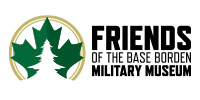
The Legacy of Base Borden
BASE BORDEN 101
Explore how CFB Borden became Canada’s largest and most influential military training base—where over 20,000 personnel prepare each year to serve our nation.
HISTORICAL SIGNIFICANCE
Step back in time to discover how CFB Borden helped shape Canada’s military history—from World War I trench training to its role as the birthplace of the RCAF.
Borden Legacy Park
Visit a powerful memorial honouring a century of service and sacrifice, where repatriated Vimy Ridge soil and a lone bugler remind us of Canada’s enduring legacy.
RCAF: 100 Years Young
Celebrate a century of Canadian air power with the Ad Astra Monument and Hangar 11’s immersive tribute to the origins of the Royal Canadian Air Force.
Canadian Forces Base Borden
Canadian Forces Base (CFB) Borden, established in 1916, has been a cornerstone of Canada’s military training and development, located approximately 100 kilometers north of Toronto in Simcoe County. The base is the largest training establishment in the CAF and is home to a variety of other military and Defence Team organizations. On average, CFB Borden trains 20,000 military personnel annually. It also employs approximately 3,250 military members and 1,500 civilians. The base is comprised of 21,000 acres of land, including a 6,000 acre training area. The Commander of CFB Borden is also Commander of the Military Personnel Generation Training Group (MPGTG), the headquarters of which are also located at CFB Borden.
Service Personnel Legacy
Throughout its history, CFB Borden has been instrumental in shaping the careers of countless service members. From the early days of preparing soldiers for trench warfare to modern technical and leadership training, the base has continually adapted to meet the demands of Canada’s defense objectives. Its enduring commitment to excellence ensures that it remains a vital component of the nation’s military infrastructure.
For more detailed information about CFB Borden’s history, training programs, and current units, please visit the official Canadian Forces Base Borden page.
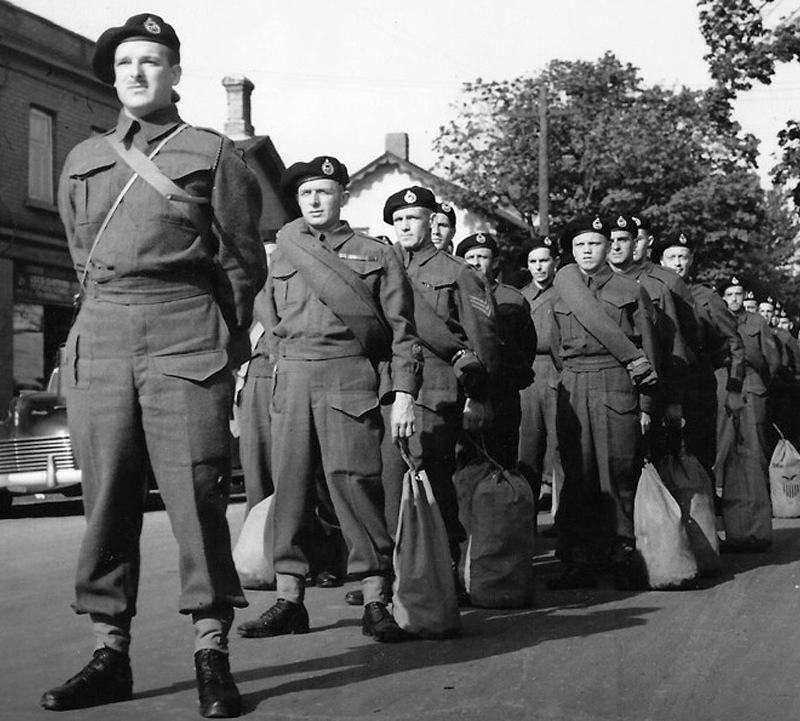
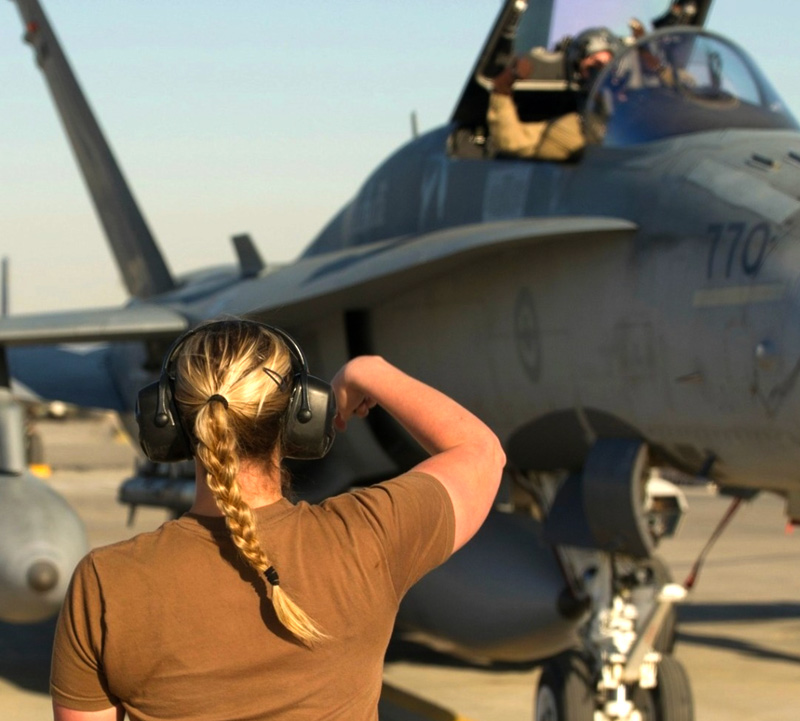
Comprehensive Training Hub
Today, CFB Borden is home to numerous schools and training centers, including:
- Canadian Forces Chaplain School and Centre
- Canadian Forces Fire and CBRN Academy
- Canadian Forces Logistics Training Centre
- Canadian Forces Training Development Centre
- Royal Canadian Electrical and Mechanical Engineering School
- Canadian Forces Military Police Academy
- Canadian Forces Health Services Training Centre
- Royal Canadian Air Force Academy
- Canadian Forces School of Aerospace Technology and Engineering
- 3rd Canadian Rangers Patrol Group
- Regional Cadet Support Unit (Central) and Blackdown Cadet Training Centre
- Canadian Forces Training Development Centre
Collectively, these institutions train approximately 20,000 military personnel annually, encompassing a wide array of disciplines essential to the CAF’s operational readiness.

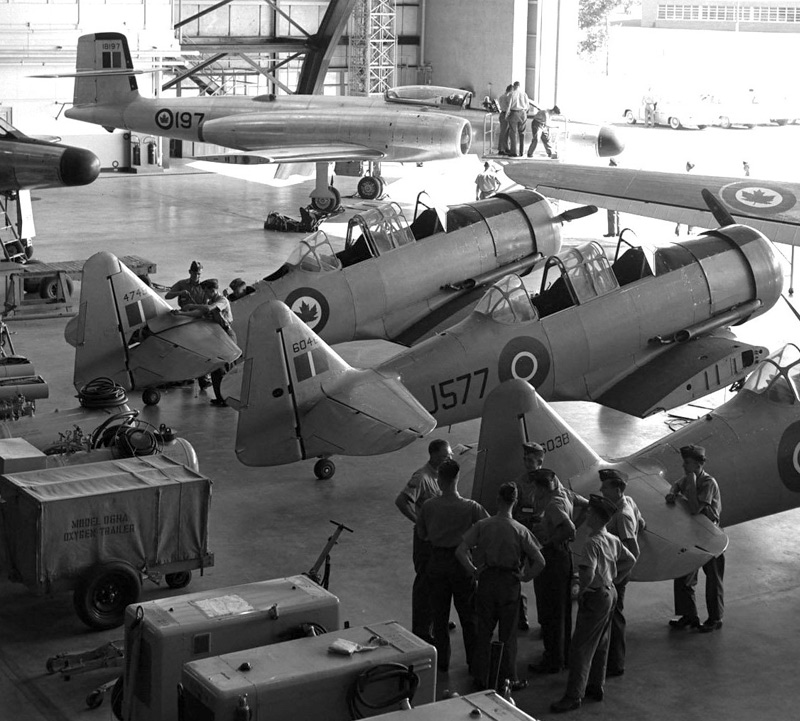
Historical Significance
CFB Borden was created to train more troops for Canada’s contribution to the First World War. Known at the time as “The Sandy Plains”, the ground was designated as a new training grounds for Canadian Expeditionary Force battalions destined for over-seas duty during the First World War. The Grey and Simcoe Foresters cleared the land, and in the summer of 1916 Camp Borden was officially opened by Sir Sam Hughes, the Minister of Militia and Defense. Thousands of soldiers trained in Borden, and development continued, including 18 km of trenches built to simulate the trench warfare of WWI.
Over more than a century, CFB Borden has trained a wide variety of soldiers, sailors and air crew. It is the birthplace of the Royal Canadian Air Force, as well as the Royal Canadian Armored Corps. CFB Borden celebrated its centennial year in 2016 and is proud to continue our mission of training for a second century.
Over the decades, CFB Borden has adapted to the evolving needs of the Canadian military:
- 1920s-1930s: The base expanded its training programs to include signals, armor, infantry, service corps, medical, dental, intelligence, and nuclear disciplines.
- World War II: Borden was integral to the British Commonwealth Air Training Plan, hosting No. 1 Service Flying Training School until 1946.
- Post-WWII: The focus shifted towards technical training, with the establishment of facilities like Hangars 17 and 18 in 1953 and the Stedman Building in 1958, enhancing the base’s capacity to train aircraft trades.
Borden Legacy Park
In honour of CFB Borden’s centennial, local community members led by then Honorary Colonel Jamie Massie came together to create the Borden Legacy Park. This moving memorial at the Angus entrance to CFB Borden is made of a 28 foot long, 7 foot high granite wall, with an urn containing the repatriated soil of Vimy Ridge. Overlooking the wall is a bronze bugler, facing the direction of Vimy Ridge. Marlene Hilton- Moore is the talented artist that created both the wall and the bugler.
The Friends of the Base Borden Museum worked alongside the Barrie Community Foundation and a dedicated group of donors and Honorary Colonels – including Jim Williams and Barry Peacock – to make this beautiful monument a reality.
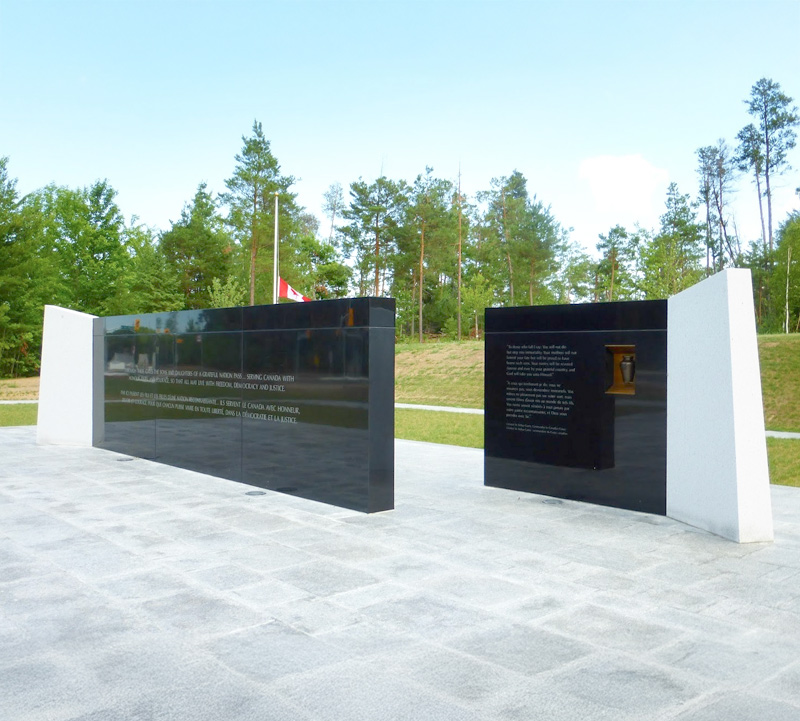
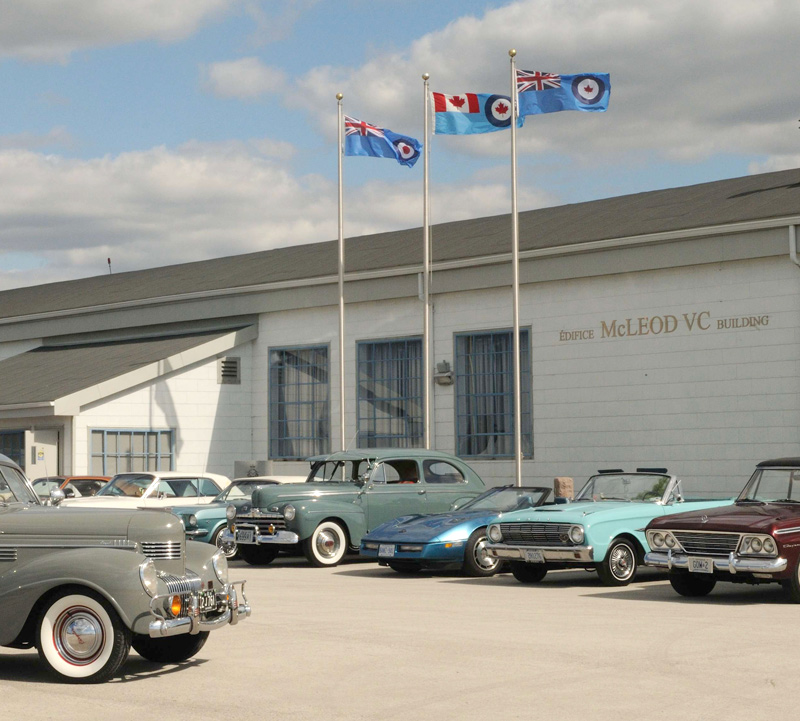

RCAF: 100 Years Young
The 100th Anniversary of the RCAF
CFB Borden has been at the heart of Canada’s air force story since the beginning. The Air Annex—Hangar 11—located just 3.5 km from the main Borden Military Museum, tells that story vividly.
Built in 1917 by the Royal Flying Corps Canada, Hangar 11 is one of the original 15 hangars constructed during the First World War. Its most valued artifact is the hangar itself, complete with original Bradford trusses and set within Canada’s first purpose-built military aerodrome.
Inside, visitors encounter a remarkable collection that spans the evolution of Canadian military aviation—from a 504 K biplane and a D.H. 82 Tiger Moth to a Sperwer drone used in Afghanistan and a cut-away Orenda 11 jet engine. But more than the machines, it’s the legacy they represent that captures the imagination.
Camp Borden—now CFB Borden—produced nearly 60% of all RFC Canada-trained pilots during the First World War. It has served as the home station for the Royal Flying Corps Canada, Royal Air Force Canada, Canadian Air Force, and Royal Canadian Air Force. It remains the foundation of RCAF training, from early flight instruction to modern-day aircraft maintenance.
On April 1, 2024, the RCAF marked its 100th anniversary. For Borden, this milestone underscores its enduring role in preparing generations of pilots and maintainers who have shaped Canada’s defence story and upheld its democratic values.
